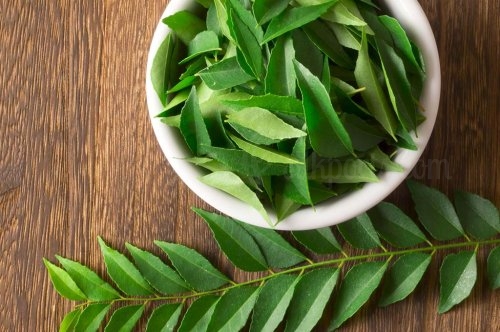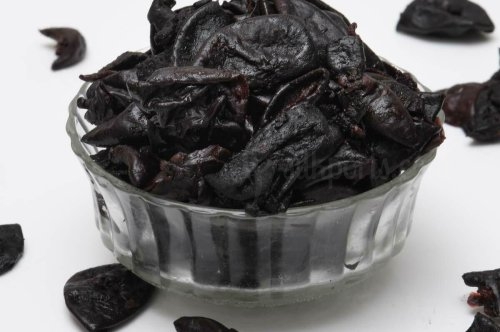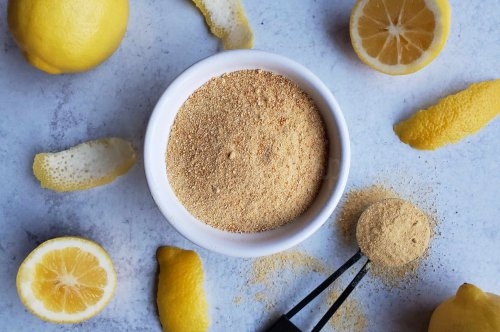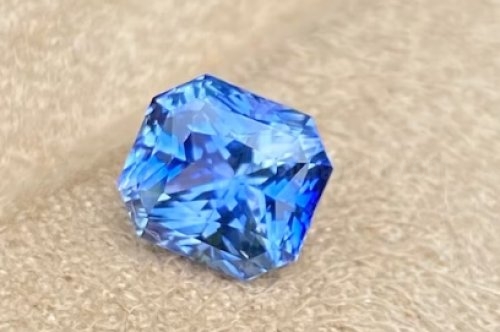
What is Mace?
Mace, spice consisting of the dried aril, or lacy covering, of the nutmeg fruit of Myristica fragrans, a tropical evergreen tree. Mace has a slightly warm taste and a fragrance similar to that of nutmeg. It is used to flavour bakery, meat, and fish dishes. to flavour sauces and vegetables and in preserving and pickling.
In the processing of mace, the crimson-coloured aril is removed from the nutmeg that it envelops and is flattened out and dried for 10 to 14 days; its colour changes to pale yellow, orange, or tan. Whole dry mace consists of flat pieces—branched or segmented, smooth, horny, and brittle—about 40 mm (1.6 inches) long.
Mace is the native to the Banda islands in Indonesia and commonly used in South Asian cuisines. In India, mace is commonly known as Javitri. Mace visually looks more like a covering of a seed similar to a net. It is also known to be a commercial source of nutmeg butter and essential oil.
Nutmeg trees are evergreens native to the Moluccas (Spice Islands) and other tropical islands of the East Indies. The large seed of these trees garners two noteworthy spices: nutmeg is the kernel of the seed when ground, while mace is the grated red to orange covering, or aril, which surrounds the seed.
Mace Powder
Mace powder, also known as ground mace is a brown-coloured, fine powder. It has a spicy taste, but subtler and more delicate than nutmeg. Its strong aroma is a combination of pepper and cinnamon and it therefore sometimes used in recipes instead of pepper.
How to growing Mace?
The usual method of propagation is by seed. Only uniformly dark brown seeds taken preferably from fruits that have split open should be used. Seeds that rattle will not germinate, as they are too dry. The seeds have to be sown as soon as possible since viability is lost in eight to ten days. They are planted with the shell.
The soil should consist of a mixture of measures of well-composted manure, topsoil, and coarse sand. One per cent rock phosphate can be added to the mixture. The seeds should be lightly buried so that part of the shell is exposed, they should be watered and left in the shade to germinate. Germination takes between four and eight weeks. The seedlings should remain in the shade for six to eight months.
Before field planting, temporary shade from Gliricidia, Dadap, Coacoa or Banana has to be established. This should be done six to twelve months before planting. The seedlings are planted at the beginning of the rainy season. There should be bench terracing at the base of the seedling, particularly on sloping land, of approximately half a meter in diameter. Inward sloping terracing will help to keep soil erosion to a minimum. The terracing can be increased as the tree grows.
Shading can be gradually removed after two to three years. Seedlings can be planted close together so that later on when the male trees have been identified (after the first flowering) most of them can be removed, as they do not bare fruit. Some male trees must remain for pollination, a ratio of 1:10 is common.
The most threatening disease is Nutmeg Wilt in which the plant will gradually wilt and drop leaves and fruit. There is no definitive treatment. Fruit rot has been recorded in India and thread blight in Grenada and Trinidad. Soil fungi will attack nutmeg trees. The main pests are borers, or bark beetles, which are small dark brown weevils about 3mm long.
Yield depends on the size and the age of the tree. Trees will start to bear fruit from around five to seven years old. The yield will increase considerably until the tree is about twenty-five and then more slowly until it reaches its maximum capacity at around thirty-five to forty years of age. Yields can be above ten thousand nuts per tree.
Climate for growing Mace
Nutmeg prefers cooler climes, so it is mainly cultivated in Sri Lanka’s central regions – in the districts of Matale, Kegalle and Kandy.
Mace Harvesting
The tree bears fruit when five to eight years old. There are two types of mace, West Indian and East Indian. The fruit turn yellow when ripe and the pulpy outer husk (pericarp) splits into two halves exposing a purplish-brown shinny seed surrounded by a red aril. Usually the fruits are allowed to split and fall to the ground before harvesting. They should be collected as soon as possible or the underside of the fruit will become discoloured and the risk of mouldiness will be increased. In some areas, a long pole is used to take opened pods directly from the tree. This ensures a better quality harvest but can also result in damage to flowers and younger fruit.
Uses of Mace
While nutmeg is available as whole fruit, nutmeg and mace is commonly found in grounded form and is also used to produce essential oil through steam distillation. Nutmeg and mace powder and essential oil have many uses in culinary, food and beverage, pharmaceuticals, and perfumery industries.
- Mace is used in food preparations for its aromatic flavor. Subsequently, it is used in flavoring stews, curries, pickles, sauces, and ketchup.
- Mace is added to sweet puddings, muffins, cakes and breads to impart its flavor.
- In India, It is usually used while brewing milk, or tea because it tastes like pepper. In the western countries.
- mace is often used to make mashed potatoes, broths, soups and rice delicacies to tremendously enhance their taste.
Benefits of Maze
Mace is taken by mouth for diarrhea, nausea, vomiting, stomach spasms and pain, and intestinal gas. It is also taken by mouth for treating cancer, kidney disease, increasing menstrual flow.
- Keeps Your Digestive System Healthy.
- Encourages Appetite.
- Boosts Blood Circulation.
- Stress Buster.
- Dental Health.
- Protects Kidneys.
- Cold and Cough.
- Wonderful Aroma.
- Anti-Inflammatory Properties.
- Traditional Medicine.
- Have a Heart of Mace.
- Anti-Inflammatory Properties.
 English
English
 Russian
Russian  Arabic
Arabic  French
French  Español
Español  Turkish
Turkish  German
German 







